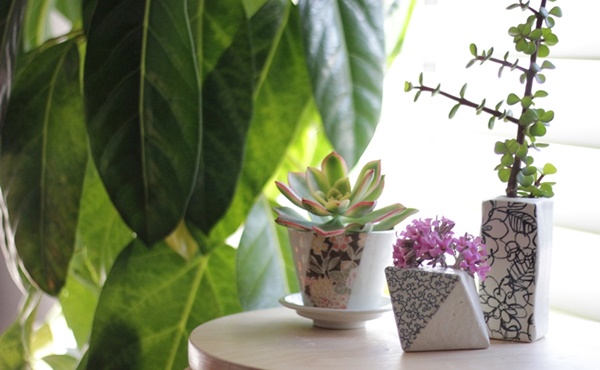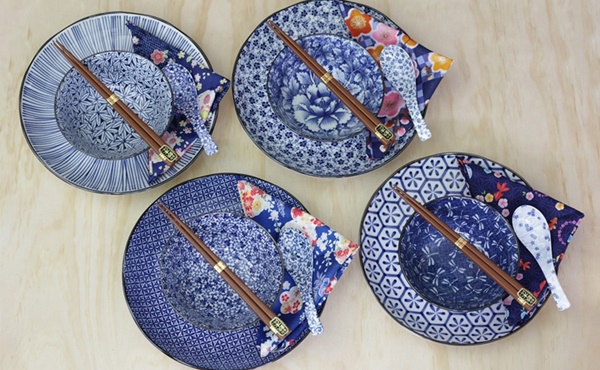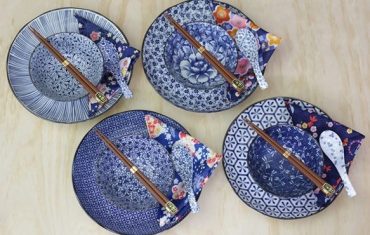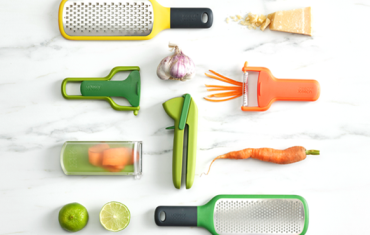There seems to be a real movement away from mass produced product and consumers are looking for something original and different, something that you don’t see in every other shop window.
People are much more aware of where their purchases come from and how they were made. Consumers are questioning fast fashion and similarly in the gift and homewares market, they want to know where the products are made and the business practices of the manufacturers.
“When you buy a J Style mug or set of dishes, you know it’s been made by hand by people who really love their small towns and their local family businesses,” says J Style co-founder, Jen Idosaka.
J Style’s range of Japanese made ceramics comes from small manufacturers, and it’s quite obvious that they are not mass produced. The Japanese aesthetic of wabi sabi―or appreciating imperfection in design―means we know they aren’t always perfect, and that’s exactly why people love them. To be able to see that a person made this mug, not a machine, and that their thumb print has left a little smudge on the handle in the process, makes them that much more appealing.

“Our Japanese manufacturers are small family owned companies and the employees are mostly women. There are a lot of mothers who work within school hours, and older women who have continued to work there into their 70s and 80s.
“In Japan it’s a given that the employees will be paid a fair wage, and they have excellent work conditions. In rural areas the ceramics industry has been operating in those small towns for hundreds of years and is often the backbone of the local economy.”
Idosaka and her husband moved to Australia 20 years ago. She was working for the Japanese Government, spending time visiting the gift fairs to find Australian businesses wanting to export to Japan, when she noticed a huge gap in the market for Asian style dinnerware.

“While brands like Noritake and Mikasa were bringing in Japanese made, but Western style dinnerware, no-one was supplying high quality Asian style ceramics. Even trying to fit out our own kitchen we struggled with dodgy teapots, and cheap noodle bowls from the back shelf of the Asian grocery.
“Australian retailers just didn’t stock a wide variety of style or design that was suited to serving Asian style food. You could find interesting handmade pieces at markets, but the majority of dinnerware was European style matching dinner sets.”
J Style’s focus has always been on sourcing unique and special items that others find too difficult to manage. Often the Japanese manufacturers are not keen on exporting or dealing with ‘foreigners’ because of the cultural and language barriers. Sometimes they’re keen but just don’t know how to get started.

“At every point, whether we are sourcing product or designing it, we look for things that are both practical and beautiful. Objects you use every day in the kitchen and around your house should brighten up your life, and at the same time they should be useful and practical.
Want to read more? Check out the full article in our Kitchen & Dining digital magazine, which is out now!







